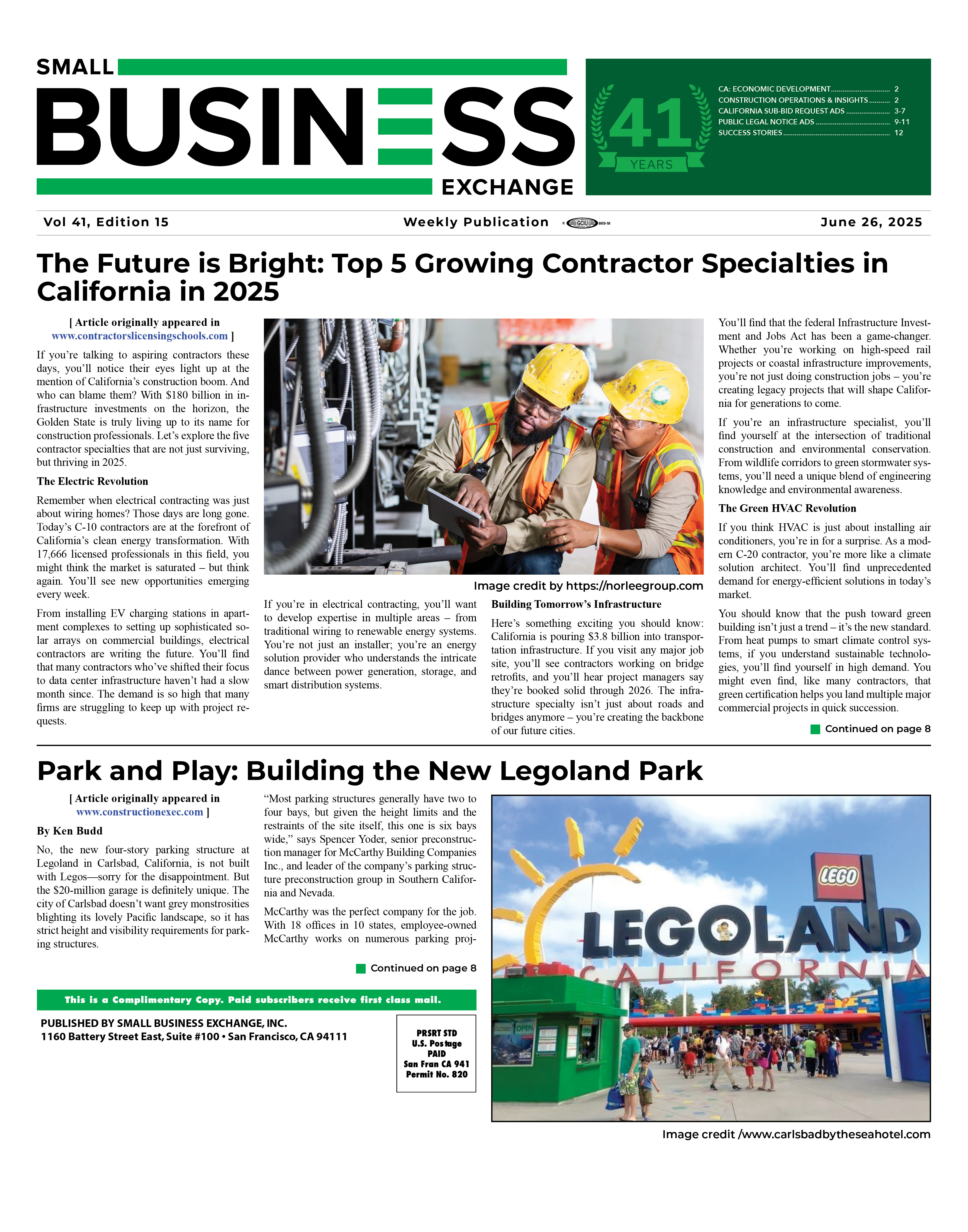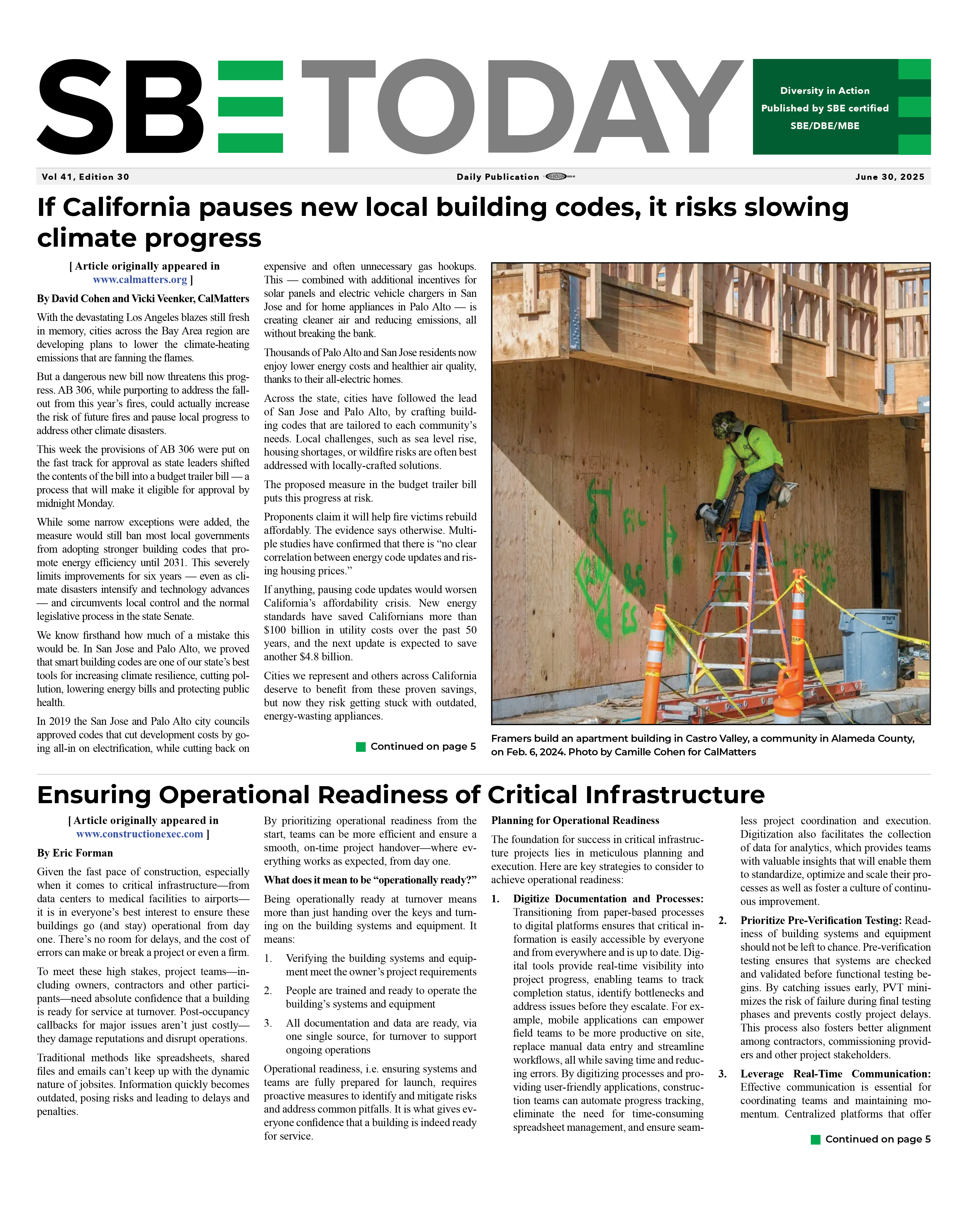|
|
2020 Census and the Digital Divide
11/17/2019
By Gissela Moya, California’s digital divide remains a big issue given that next year’s Census will be digital for the first time. Many barriers already prevent an accurate census count among the 15 million Latinos who make up 39 percent of California’s population. This digitalization could result in an undercount of the Latino population, loss of resources, and investments needed for economic development in the next decade.
Internet access is key to improved childhood academic performance, faster job acquisition, and better access to public services. However, in California, over 45 percent of very low-income households lack internet access, and this disproportionately impacts communities of color. Latinos in particular face a disadvantage because only 68 percent of Latino households are connected to the internet. These disparities worsen among monolingual Spanish speakers, of whom only 57 percent have internet access at home. Closing this gap — known as the digital divide — is more important than ever given that the 2020 Census will be the first-ever digital census. Many barriers already prevent an accurate census count among the 15 million Latinos who make up 39 percent of California’s population. These barriers include English proficiency, concerns about data privacy and confidentiality, distrust in all levels of government, and the one least addressed: the digital divide. These barriers particularly affect the five million Latinos who live in hard-to-count tracts in California, which puts them at risk of being ignored. Ensuring everyone is counted is pivotal to having a government representative of its population. The U.S Census determines the number of seats for each state in the U.S. House of Representatives. Census results are used to draw congressional and state legislative districts and distribute more than $675 billion in federal funds across the nation. Earlier this year, the Supreme Court blocked the administration from asking people about their citizenship status in the 2020 Census. In my own home, my family considered not participating had the question been included. Digitalization versus an accurate count 
Next year, the 2020 Census questionnaire will be available online, through paper forms, and by phone. A person will have the option to respond online through a computer, tablet, or smartphone. While this court decision marked a win for our communities, California’s digital divide remains a big issue given that next year’s Census will be digital for the first time. This digitalization threatens our Latino communities because we are the population least connected to the internet. Failure to acknowledge this gap could result in an undercount of the Latino population, loss of resources and investments needed for our economic development in the next decade. Next year, the 2020 Census questionnaire will be available online, through paper forms, and by phone. A person will have the option to respond online through a computer, tablet, or smartphone. According to Adán Chávez, Regional Campaign Manager in the Inland Empire for the NALEO Educational Fund, members of the Latino community are unaware that this will be the first-ever digital Census. He aims to increase awareness of the different ways to respond and to engage the youth who will play a critical role in filling out the questionnaire for parents who lack digital or literacy skills. According to a survey from the California Emerging Technology Fund, 18 percent of Latinos are only connected to the internet through a smartphone — an aspect of the digital divide many don’t think about; hence while a smartphone is no substitute for home broadband, it’s better than nothing, so informing the community of this alternative can be a viable option for those without a computer at home. Governor Gavin Newsom committed $187 million dollars in census outreach efforts, his administration along with community-based organizations must strategize to ensure adequate funding for regions where high percentages of Latinos lack internet access. For example, In San Bernardino County, 34 percent of the current population lives in hard-to-count neighborhoods and, as of the middle of this decade, 96,801 households had either no home internet subscription or dial up-only. The Inland Empire is also the region least connected to the internet and therefore 2020 Census outreach campaigns must target those households. Undercounting traditionally hard-to-count populations because of the digital divide could shift representation and funding away from poorer areas with larger communities of color and toward wealthier and less racially and ethnically diverse parts of the state. As 2020 approaches, let’s share with our families, friends, and community the importance of being counted and make next year’s census one of our historic years by making our presence known and felt in California and throughout the nation.
Gissela Moya is Greenlining’s Manny Garcia Tech Equity Fellow. Follow her on Twitter. Back To News |
|






